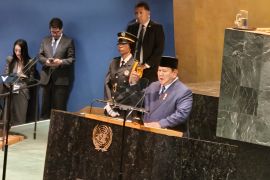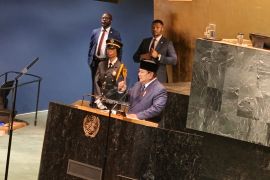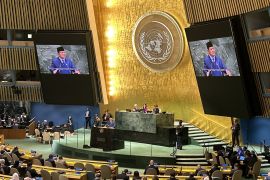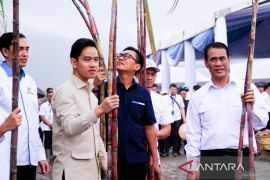"So, everyone has the right to make and use this special tool. So, I will not patent the design," he claimed here on Thursday.
According to Brata, bio-pore infiltration hole technology is needed for maintaining the balance of the ecosystem.
"Preserving the environment is everyones responsibility. That is why patenting the bio-pore infiltration hole tool maker will not be wise," Kamir noted, adding that he harbors no fears of his invention being replicated by others for their personal interests.
"The more people will use the tool to make infiltration holes, the more I will be pleased," he affirmed.
With the presence of greater numbers of bio-pore infiltration holes, more surface water will be absorbed by the soil.
"Soil needs water in order to improve its strong support capacity. Without adequate amount of water, subsidence can occur. This is very detrimental," Kamir pointed out.
In addition to underpinning the strength of the soil, surface water that seeps into the ground will also fortify the land from the impact of sea water.
"If the ground water level is reduced, then the sea water will be able to penetrate the mainland. Consequently, iron foundations that strengthen the constructions will quickly corrode and cause instability," he noted.
Kamir also revealed that bio-pore infiltration holes can also be filled with organic waste such as leaves.
The organic waste will encourage organisms living in the soil to move around the infiltration hole.
This helps the soil to improve its fertility and form natural infiltration holes around the bio-pore hole, so that the infiltration of surface water becomes more optimal.
The shape of the bio-pore infiltration hole tool maker is quite unique. It is a 1.5-meter long screw with a handle at the top. At the bottom, there is a screw with a cavity in it.
The cavity helps in removing the soil that is unearthed by the screw underneath.
(T.KR-LWA/INE)
EDITED BY INE.
Editor: Suryanto
Copyright © ANTARA 2014











